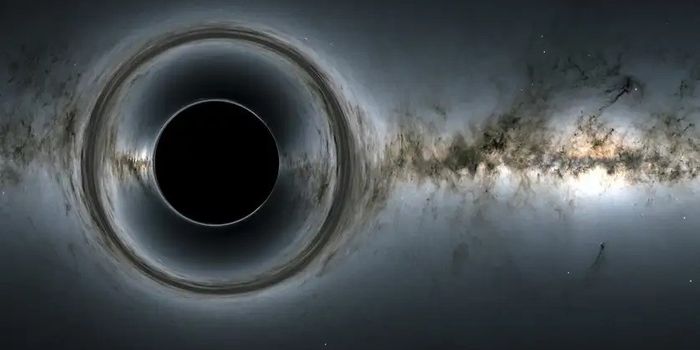Magnetic Flux Discharged by Baby Star 'Sneezes'
What processes take place during a young star’s formation and development? This is what a recent study published in The Astrophysical Journal hopes to address as a team of researchers investigated potential “sneezes” that the protostellar disk surrounding a young star would produce throughout its development, which are comprised of a combination of electromagnetic energy, dust, and gas. This study holds the potential to help astronomers better understand the formation mechanisms behind young stars, specifically pertaining to stellar nurseries and the contributions of protostellar disks towards their stars’ development.
For the study, the researchers used the Atacama Large Millimeter Array (ALMA) Radio Telescope in Chile to observe MC 27/L1521 F, which is a stellar nursery located about 450 light-years from Earth. Stellar nurseries are also called molecular clouds, and are responsible for the birth of stars, including our Sun. After combining their observational data with computer imaging software, the team discovered spike-like structures on the edge of the disk from magnetic field discharges that the researchers concluded likely occur on a regular basis.
Artist's illustration of spike-like structures within a protostellar disk surrounding a young star. (Credit: ALMA (ESO/NAOJ/NRAO))
"This is a phenomenon called 'interchange instability' where instabilities in the magnetic field react with the different densities of the gases in the protostellar disk, resulting in an outward expelling of magnetic flux. We dubbed this a baby star's 'sneeze' as it reminded us of when we expel dust and air at high speeds,” said Dr. Kazuki Tokuda, who is a postdoctoral fellow at Kyushu University and lead author of the study.
The researchers anticipate these “sneezes” could help astronomers gain greater insight into star formation and evolution, the protostellar disks that surround them, and planetary formation, as well.
What new discoveries about stellar “sneezes” will astronomers make in the coming years and decades? Only time will tell, and this is why we science!
As always, keep doing science & keep looking up!
Sources: The Astrophysical Journal, EurekAlert!, Wikipedia, Kyushu University









